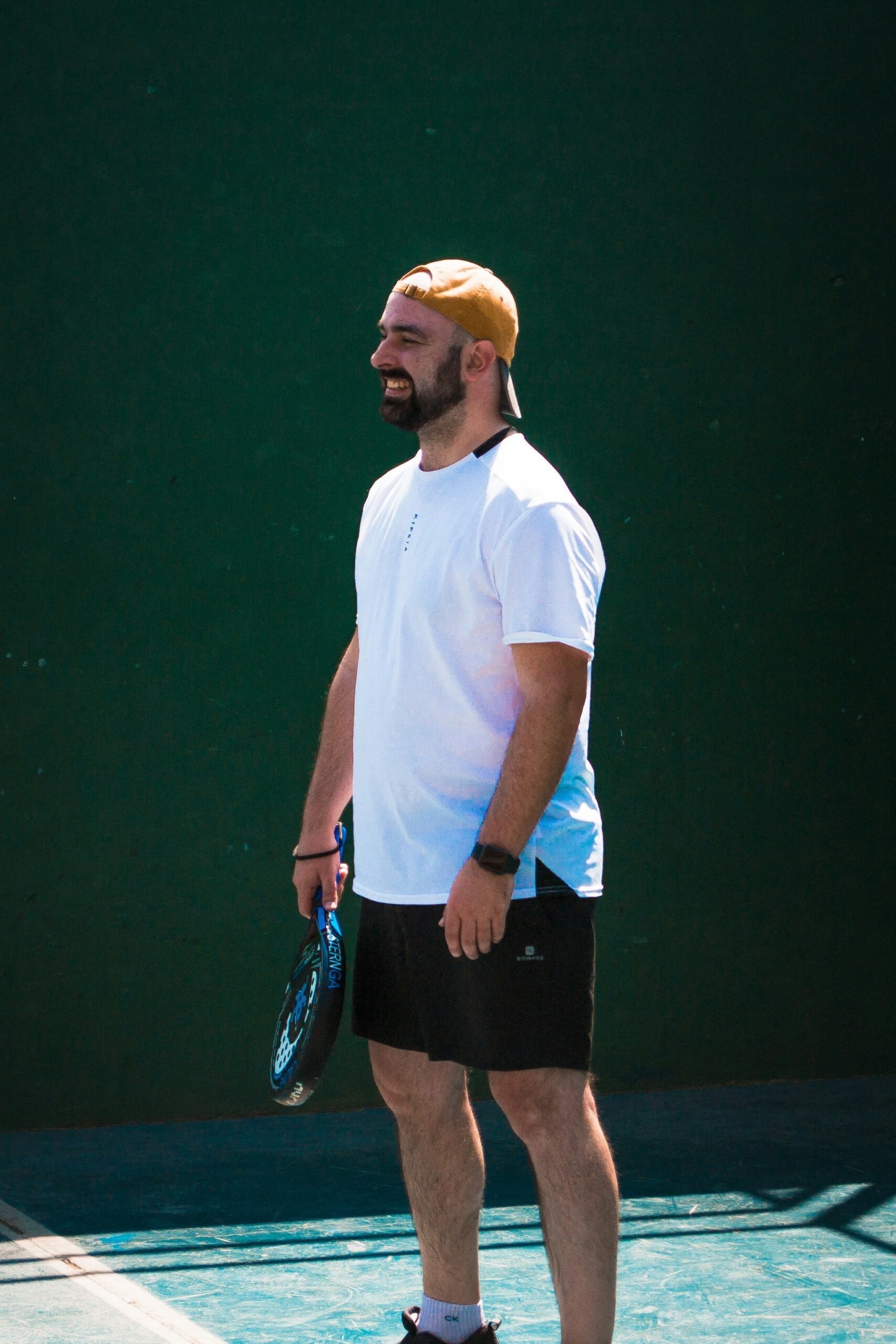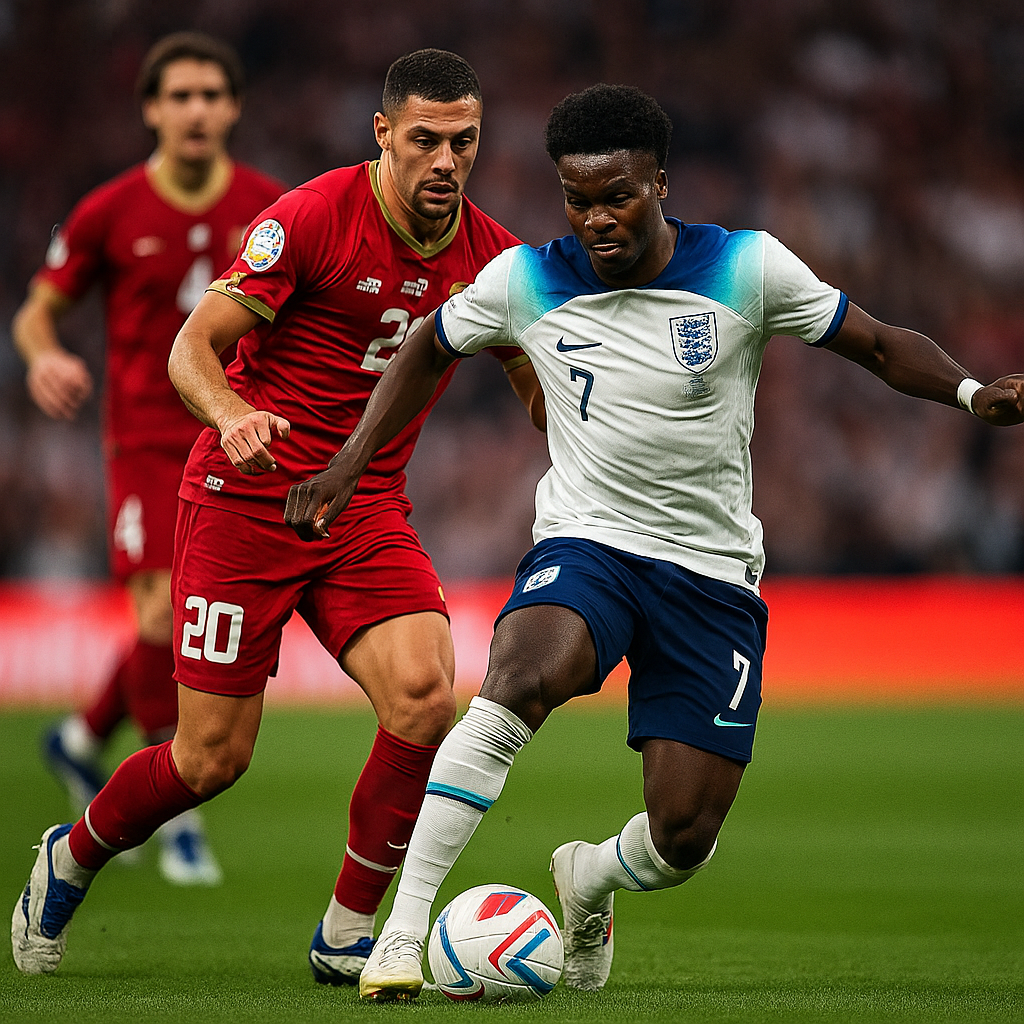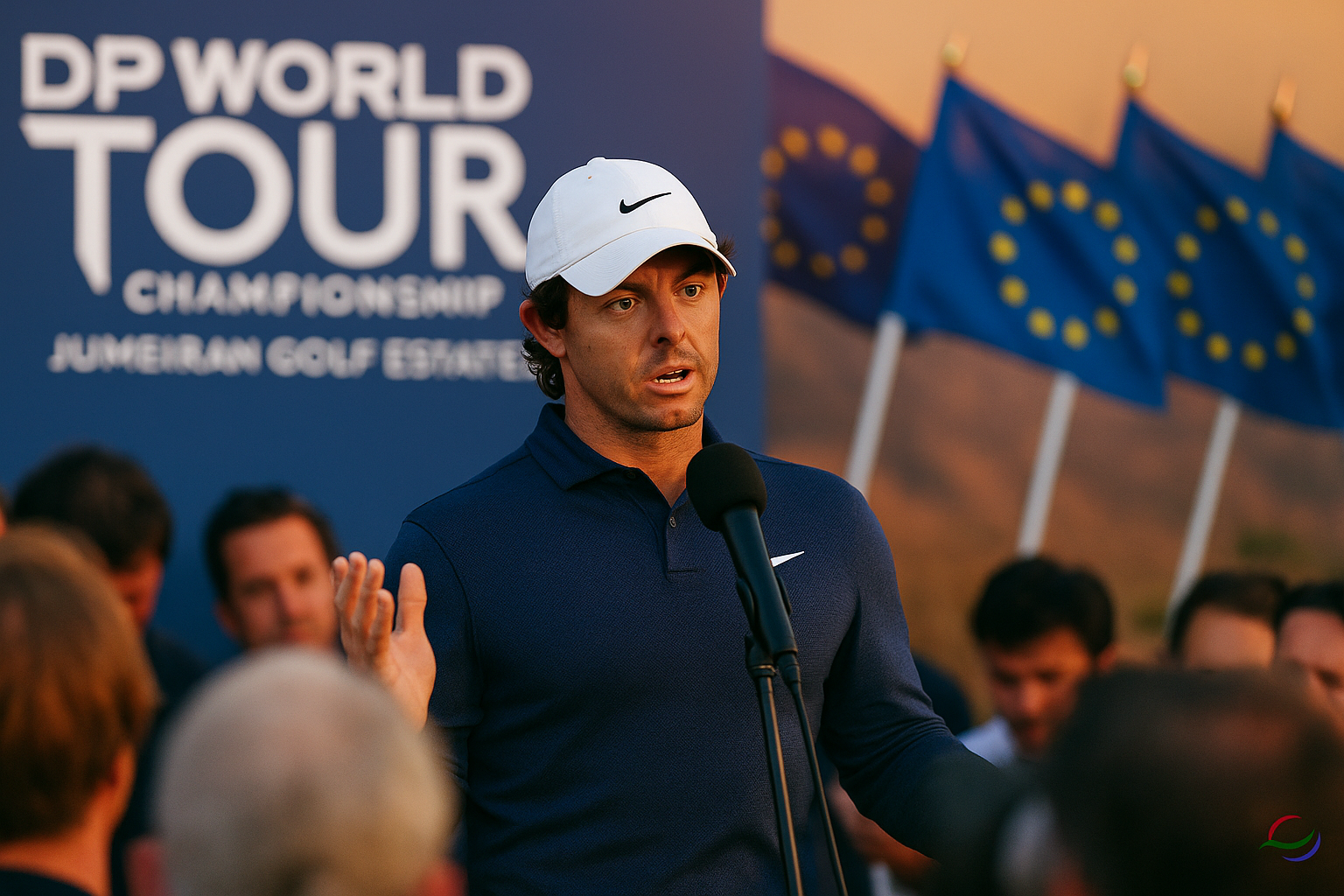
Novak Djokovic has officially withdrawn from the French Open due to a right knee injury sustained during his recent matches. The injury halts his campaign to secure a record-extending 25th Grand Slam title and casts uncertainty over his participation in upcoming tournaments.
Key Facts
- Novak Djokovic has withdrawn from the French Open.
- The withdrawal is due to a right knee injury.
- The injury occurred during recent matches at the tournament.
- Djokovic was aiming for a record-extending 25th Grand Slam title.
The extent of the right knee injury forced Novak Djokovic to withdraw from the French Open, preventing him from continuing his quest for a 25th Grand Slam title. The injury surfaced during his matches leading up to the withdrawal, impacting his performance and ultimately leading to his decision to exit the tournament. Specific details regarding the nature of the injury were not immediately disclosed, but the severity was sufficient to prevent him from competing further. Further updates and assessments on his condition are anticipated as he seeks medical evaluation and begins his recovery process.
Djokovic’s pursuit of a record-extending 25th Grand Slam title has been interrupted by a right knee injury, leading to his withdrawal from the French Open. His previous Grand Slam victories demonstrate his unparalleled skill and determination in the sport. The setback at the French Open marks a significant moment in the season, affecting his ranking and future tournament prospects. Djokovic had been actively competing in the tournament before the injury forced him to reconsider his participation. The physical demands of Grand Slam events often test the endurance of even the most seasoned athletes.
Background
Novak Djokovic entered the French Open as one of the top contenders, given his history of success at Grand Slam events and his current world ranking. He has consistently performed well on the global stage, earning numerous titles and accolades throughout his career. The French Open represented a crucial opportunity for him to add another major title to his collection and further solidify his legacy in the sport. His preparation for the tournament included rigorous training and participation in warm-up events, all aimed at optimizing his performance on the clay courts of Roland Garros.
Djokovic’s career has been marked by intense rivalries and memorable matches, making him a prominent figure in the world of tennis. His achievements include multiple Grand Slam titles, ATP Finals victories, and a record-breaking number of weeks ranked as the world’s number one player. Each tournament presents new challenges and opportunities for Djokovic to showcase his skills and compete against the best players in the world. His dedication to the sport and his relentless pursuit of excellence have earned him a global fan base and the respect of his peers.
Timeline / What We Know
- Recent Matches: Djokovic sustained the right knee injury during his recent matches at the French Open, though the exact match when the injury was aggravated remains unspecified.
- Withdrawal: Djokovic officially withdrew from the French Open due to the injury. The exact date and time of the withdrawal announcement were not specified in the source.
- Grand Slam Pursuit: Before the injury, Djokovic was actively competing in the tournament, aiming to secure his 25th Grand Slam title.
Djokovic’s timeline at the French Open involved participation in several matches before the injury necessitated his withdrawal. His performance in the initial rounds demonstrated his intent to compete for the title. The gradual worsening of the knee injury during these matches ultimately led to his decision to withdraw from the tournament. Details about specific medical evaluations or treatments sought prior to the withdrawal announcement were not provided.
The events leading up to Djokovic’s withdrawal unfolded over the course of several days, with the injury gradually impacting his ability to compete effectively. The timeline includes initial matches where he showed signs of discomfort, followed by medical consultations and assessments. The culmination of these events resulted in the official announcement of his withdrawal, altering the landscape of the French Open and affecting Djokovic’s season plans.
Official Reactions
Official reactions to Novak Djokovic’s withdrawal from the French Open have been widespread, with statements from tournament organizers, fellow players, and tennis analysts. These reactions generally acknowledge the unfortunate nature of the injury and its impact on Djokovic’s pursuit of a Grand Slam title. Many express support for his recovery and hope for his swift return to competition. Specific quotes or detailed statements from these parties were not provided in the source.
Statements from tournament officials typically focus on the disappointment of losing a top player like Djokovic from the competition. These officials often highlight his contributions to the sport and express their understanding of his decision to prioritize his health. Reactions from fellow players often include expressions of empathy and respect for Djokovic’s achievements. Tennis analysts provide commentary on the implications of his withdrawal for the tournament and the broader tennis landscape.
What’s Next
Following his withdrawal from the French Open, Novak Djokovic will focus on recovering from his right knee injury. This recovery process may involve medical evaluations, physical therapy, and rehabilitation exercises. The timeline for his return to competition remains uncertain, depending on the severity of the injury and his response to treatment. Scenarios range from a relatively quick recovery allowing him to participate in upcoming tournaments, to a more prolonged absence requiring extensive rehabilitation.
Djokovic’s immediate priorities include seeking appropriate medical care and adhering to a structured recovery plan. His participation in future tournaments, such as Wimbledon and the Olympics, will depend on his progress in regaining full fitness. Potential scenarios for his return to competition include:
- Scenario 1: Rapid recovery enabling participation in Wimbledon. If his knee responds well to treatment, Djokovic might aim to compete at Wimbledon, though his preparation time would be limited.
- Scenario 2: Gradual recovery focusing on the Olympics. A more cautious approach could prioritize the Olympics, allowing for a more thorough rehabilitation process.
- Scenario 3: Extended recovery with a return later in the season. In the event of a more severe injury, Djokovic might need an extended period of recovery, potentially delaying his return until later in the season or even the following year.
The specific course of action will be determined by medical assessments and ongoing evaluations of his knee’s condition. The tennis world will be closely monitoring his progress, anticipating his return to the sport once he is fully recovered. Regardless of the timeline, Djokovic’s long-term goals remain focused on achieving further success in Grand Slam events and maintaining his position as one of the top players in the world. For more information on tennis injuries, you can visit the American Orthopaedic Society for Sports Medicine.
This situation also brings up the debate around the physical demands on professional athletes. To understand more about how ATP rankings might be affected, see the related article here.

